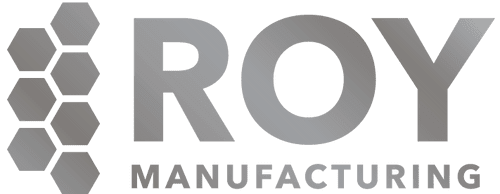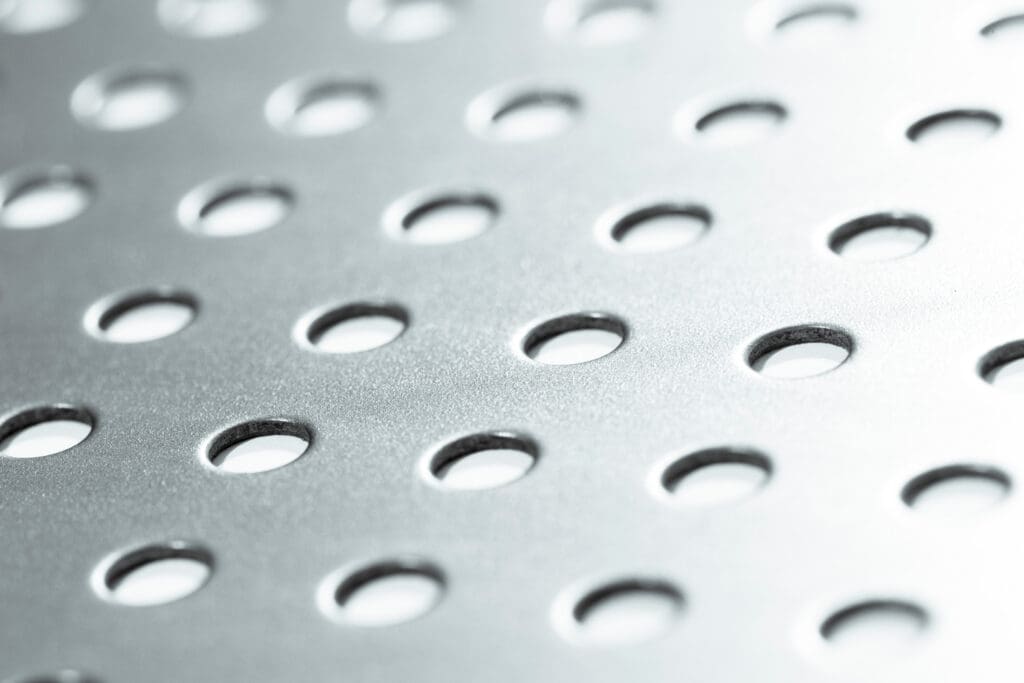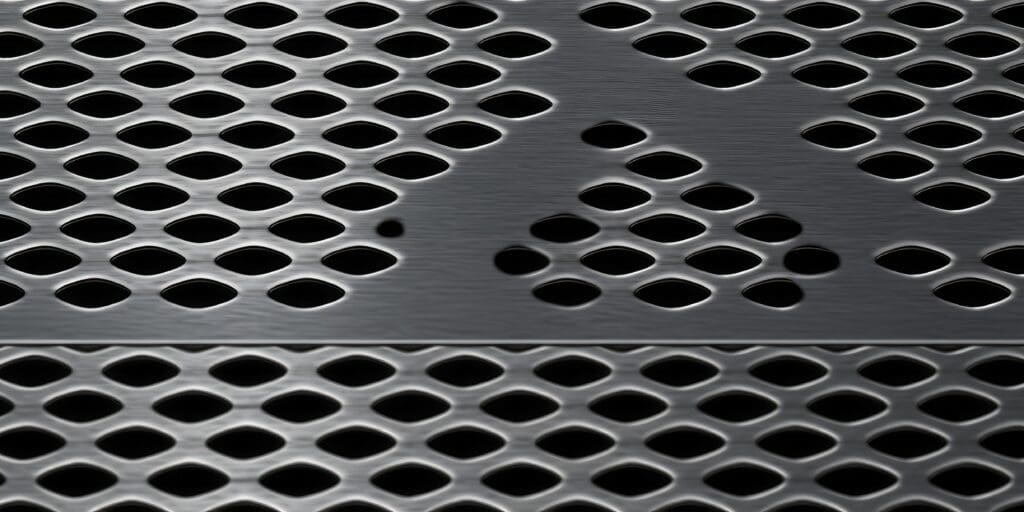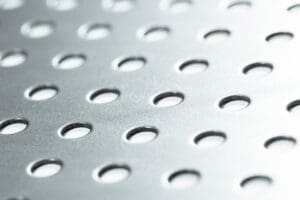Can You Weld Stainless Steel?
Welding is a critical skill in the world of metal fabrication and construction. It joins two or more pieces of metal, creating a strong and durable bond. However, when it comes to welding galvanized steel, there are some important considerations and precautions to keep in mind. Our team at Roy Manufacturing compiled this overview of what you need to know about welding galvanized steel, from the basics of galvanization to the best practices for successful welding.
Understanding Galvanized Steel
Galvanized steel is ordinary steel that has been coated with a layer of zinc through a process called galvanization. This coating protects against corrosion and rust, making galvanized steel a popular choice for outdoor applications, such as fencing, handrails, and privacy screens.
The galvanization process involves immersing the steel in a bath of molten zinc, which results in a tightly bonded layer that effectively prevents the underlying steel from being exposed to corrosive elements. The result is a long-lasting, resilient material that can withstand harsh environmental conditions.
Challenges of Welding Galvanized Steel
Welding galvanized steel comes with its set of challenges, mainly due to the properties of the zinc coating. If your project will require welding, here are some essential tips for this material:
1. Fumes and Toxicity: When zinc is exposed to high temperatures during welding, it vaporizes and forms zinc oxide fumes. Inhaling these fumes can lead to metal fume fever, characterized by flu-like symptoms. Proper ventilation and respiratory protection are essential when welding galvanized steel.
2. Porosity: Welding galvanized steel can lead to the formation of porosity in the weld bead, causing a weakened and unreliable joint. Porosity occurs when the zinc coating releases gas during welding, creating voids in the weld.
You can take some steps to minimize or avoid issues with porosity. First, ensure your shielding gas flow rates are within a recommended broad range of 30 to 50 cubic feet per hour (CFH). Adjust your CFH according to weld nozzle diameter, nozzle-to-work distance, and airflow in the work area. Make sure your gas supply line isn’t leaking, which may aspirate air into the shielding gas. For bulk gas, work with your supplier to ensure a proper and consistent mix with limited moisture.
Use the shielding gas features of your welding machine for preflow, post-flow, and hot start. These features will limit starting and stopping porosity issues.
Always ensure the worksite is clear of contaminants like oil, grease, or paint on the weld area.
3. Spatter: Galvanized steel is more prone to spatter formation during welding. Spatter consists of small, molten metal droplets that can land on adjacent surfaces, causing a rough finish and potential contamination. Cover or protect adjacent areas to prevent spatter or zinc residue from adhering to them. Using a welding anti-spatter spray or gel can help reduce spatter.
Safety Precautions
Before we dive into the welding techniques, let’s emphasize the importance of safety when working with galvanized steel. Follow these essential safety precautions:
1. Ventilation: Ensure adequate ventilation in your workspace to disperse zinc fumes. A local exhaust ventilation system is highly recommended.
2. Respiratory Protection: Wear a high-quality respirator with the appropriate filters to protect yourself from inhaling zinc fumes.
3. Protective Gear: Use proper personal protective equipment (PPE), including gloves, eye protection, and clothing that covers your skin.
4. Work Area Precautions: Keep the work area clean, free from flammable materials, and away from people who are not involved in the welding process.
Techniques for Welding Galvanized Steel
This material has unique challenges and requires specific safety precautions, but the benefits are worth it. Here are our tips and techniques for successfully welding galvanized steel:
1. Welding Method: MIG (Metal Inert Gas) welding is often the preferred method for this material. Using a shielding gas, typically carbon dioxide or a mixture of argon and carbon dioxide helps minimize the release of zinc fumes. Stick welding is another option, but it may produce more spatter.
2. Clean the Surface: Properly clean the galvanized steel before welding. Use a wire brush or grinder to remove the zinc coating from the areas to be welded. This improves the weld quality and reduces the release of zinc fumes.
3. Welding Parameters: Adjust your welding parameters, such as voltage and wire feed speed, to minimize spatter and ensure proper fusion. Refer to the manufacturer’s recommendations for your specific welding equipment.
4. Post-Weld Cleaning: Clean the welded area to remove any remaining zinc residue or spatter. A wire brush or grinding wheel can be used for this purpose.
Choose Roy Manufacturing as your trusted supplier of perforated galvanized steel.
Galvanized steel is a durable and economical material resistant to corrosion. As such, it’s a popular solution for interior and exterior applications. If you’re considering galvanized steel or another metal for your project, our team will assess your needs and work with you from design to delivery to bring your visions to life.
Contact us today to learn more. We offer same-day quotes and provide quick turnarounds for finished projects.
Roy Mfg Projects



